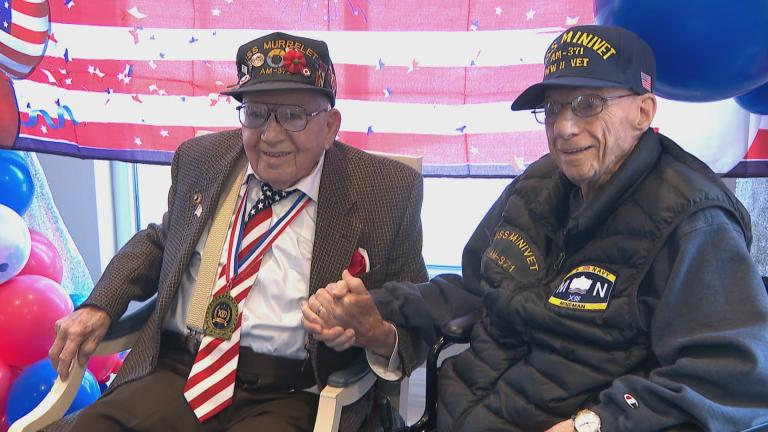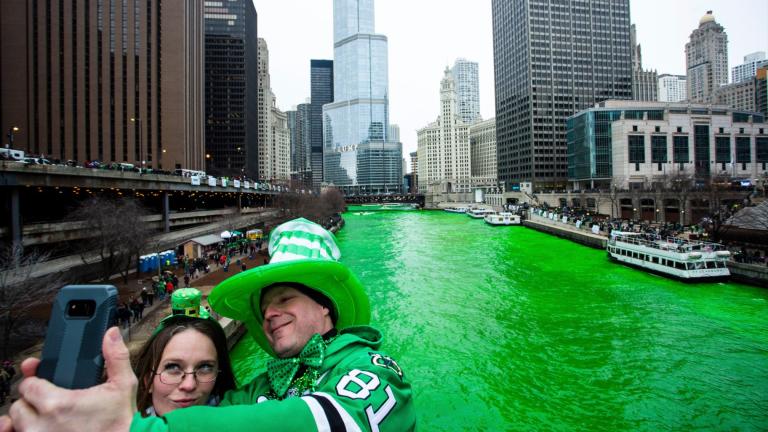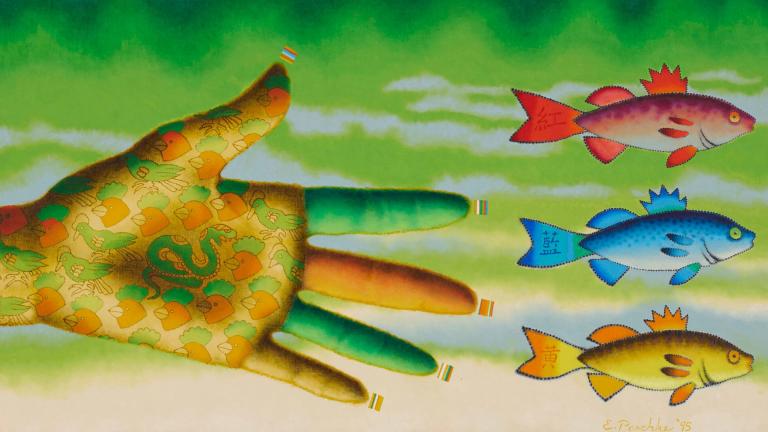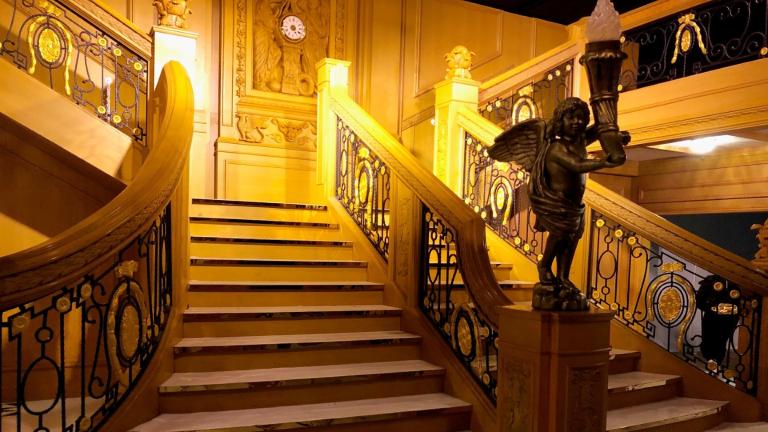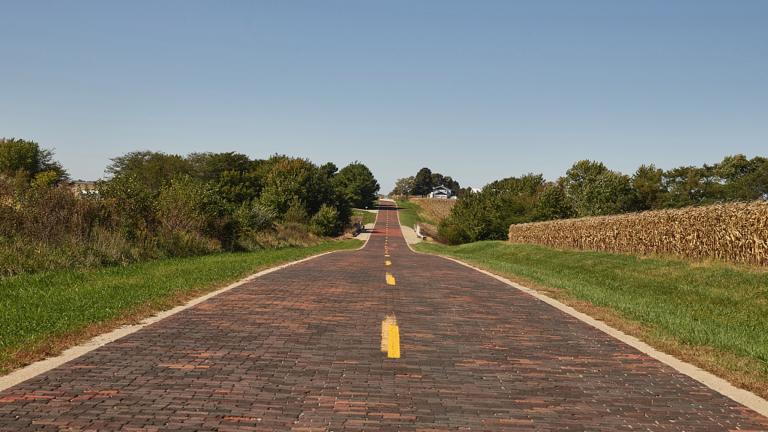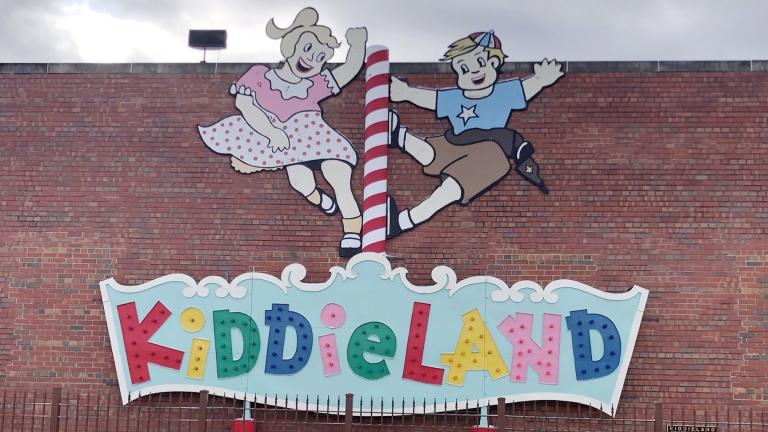Much has been said about the ways President Donald Trump is changing the presidency.
But on this Presidents Day, we look back at the ways the presidency evolved before Trump moved into the White House.
The United States Constitution prescribed a role for the president that was much different than it is today. The president was given military power, diplomatic power and appointment power. But in legislative matters he was only given the power to veto legislation. And even then, says University of Chicago political scientist William Howell, “the presidential veto was intended for constitutional objections, not policy ones.”
But the power of the office expanded, beginning, in particular, with President Franklin Delano Roosevelt. “You see wars playing a prominent role in changing the presidency,” Howell said.
And while each party tends to lament the degree to which a president of the other party expands his powers, “a point of continuity between George W. Bush, Obama and Trump,” says Howell, was that each expanded their powers. “Each was expected to do far more than their formal powers allowed. And so they pushed outward from the formal duties.”
In fact, expanding the power of the president is exactly what will allow the country to address some of its most pressing problems, Howell says. The president is, by design, more concerned with the national interest and long-term consequences than Congress, he argues, whose members are, by design, focused on more local interests and their next election.
Howell makes this case with Stanford political scientist Terry Moe in a 2018 article and in an upcoming book, “Presidents, Populism, and the Crisis of Democracy,” expected from the University of Chicago Press this summer.

